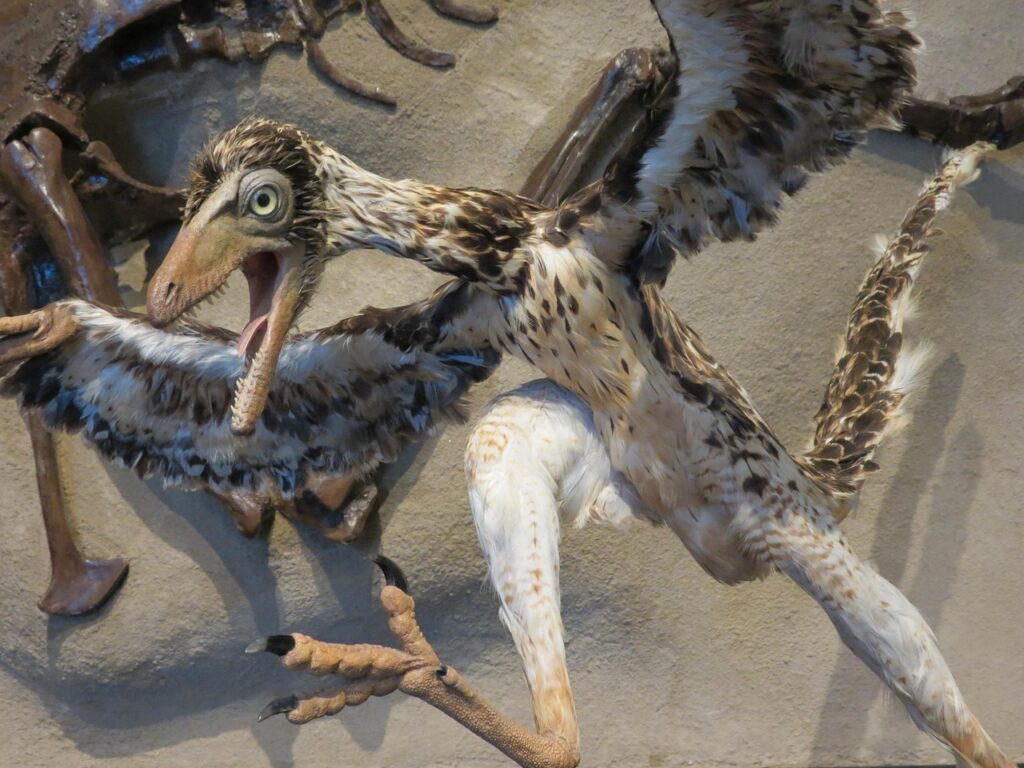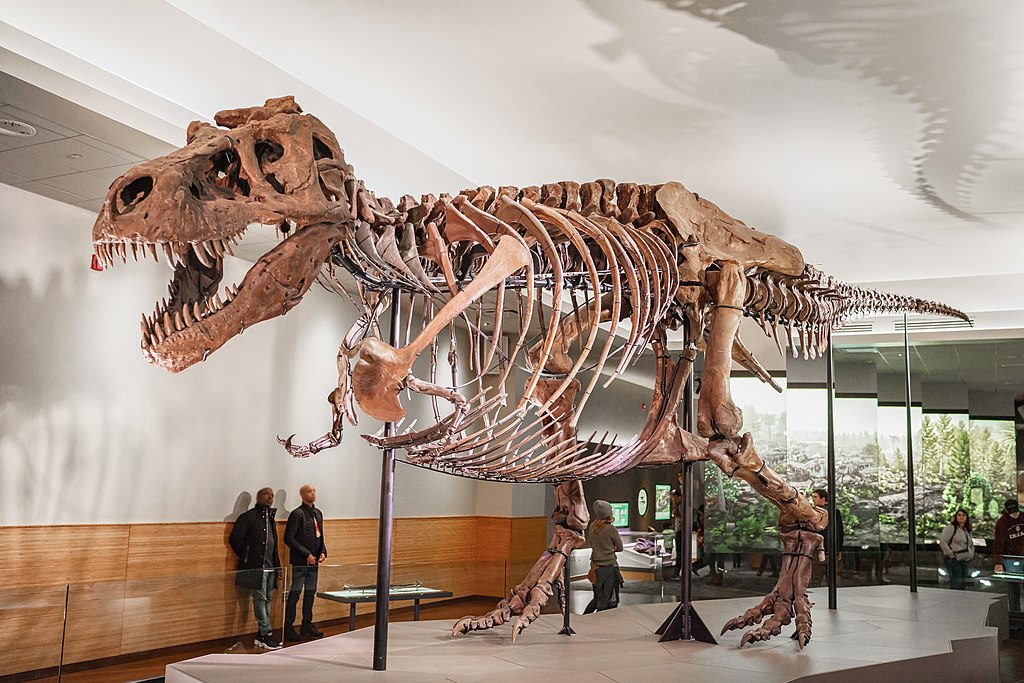The evolution of flight represents one of nature’s most remarkable innovations, fundamentally reshaping Earth’s ecosystems and the course of vertebrate evolution. Feathers, the key adaptation that enabled birds to conquer the skies, first appeared in theropod dinosaurs during the Middle-Late Jurassic period, approximately 165-150 million years ago. However, the development of true powered flight came later, with Archaeopteryx appearing around 150 million years ago as one of the earliest flying bird-like creatures. This article explores the fascinating counterfactual: what if feathers had evolved for aerial locomotion tens or even hundreds of millions of years earlier? The ramifications of such an evolutionary acceleration would cascade through Earth’s biological history, potentially reshaping not just avian evolution but the development of terrestrial ecosystems and perhaps even the course of life itself.
The Timeline of Feather Evolution

Feathers didn’t initially evolve for flight but emerged first for insulation and display purposes in theropod dinosaurs. The earliest known feathered dinosaurs like Sinosauropteryx, discovered in China’s Liaoning Province, had simple filamentous feathers that functioned primarily for temperature regulation. Through millions of years of evolution, these primitive structures gradually developed into the complex, asymmetrical flight feathers seen in modern birds. This evolutionary progression took considerable time, with true powered flight appearing approximately 150 million years ago with Archaeopteryx and its contemporaries. The refinement of flight capabilities continued through the Cretaceous period, with the emergence of the more advanced Enantiornithes and early members of modern bird lineages. This gradual timeline spanning tens of millions of years highlights the incremental nature of this revolutionary adaptation that would eventually conquer the skies.
Prerequisites for Earlier Flight Evolution
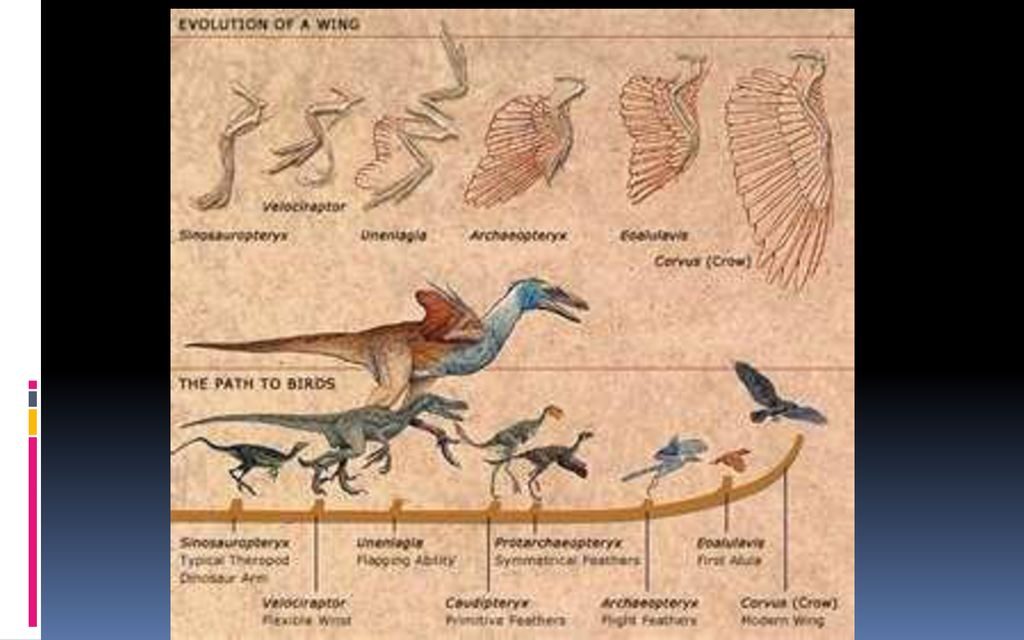
For flight to have evolved significantly earlier, several biological and environmental prerequisites would have needed to align. First, the genetic and developmental pathways that enable feather formation would have needed to emerge in earlier tetrapods. This would have required the right combination of mutations affecting skin development and protein production, particularly those related to beta-keratin structures. Second, selection pressures favoring aerial locomotion would need to have been strong enough to drive rapid adaptation. Such pressures might include predator avoidance, access to new food sources, or dispersal advantages. Third, the physiological infrastructure supporting flight—including lightweight bones, efficient respiratory systems, and appropriate muscle attachments—would need to have developed concurrently. Finally, ecological niches that could be exploited by flying vertebrates would need to exist, creating evolutionary opportunity. For all these factors to align much earlier in Earth’s history would represent an extraordinary evolutionary coincidence, yet the consequences would be profound.
Potential Candidates for Early Flight

If we look back before dinosaurs for potential early fliers, several candidate groups emerge as possibilities for an alternative flight evolution scenario. The pterosaurs, flying reptiles that evolved in the Late Triassic around 228 million years ago, developed flight independently of birds using membrane wings rather than feathers. In an alternate timeline, their ancestors might have developed feathers instead. Further back, small arboreal reptiles of the Permian period (299-252 million years ago) could have been candidates for early feather evolution. The sail-backed synapsids like Dimetrodon, which lived around 295-272 million years ago, already showed specialized skin structures with their dorsal sails; perhaps in an alternate evolutionary pathway, these structures could have developed into proto-feathers. Even earlier, the first amniotes of the Carboniferous period (359-299 million years ago) might have evolved feather-like structures as they moved into increasingly terrestrial habitats. These early reptile-like creatures, adapting to life on land, could potentially have developed insulating structures that later specialized for aerial locomotion under the right selective pressures.
Carboniferous Forests and Early Aerial Niches
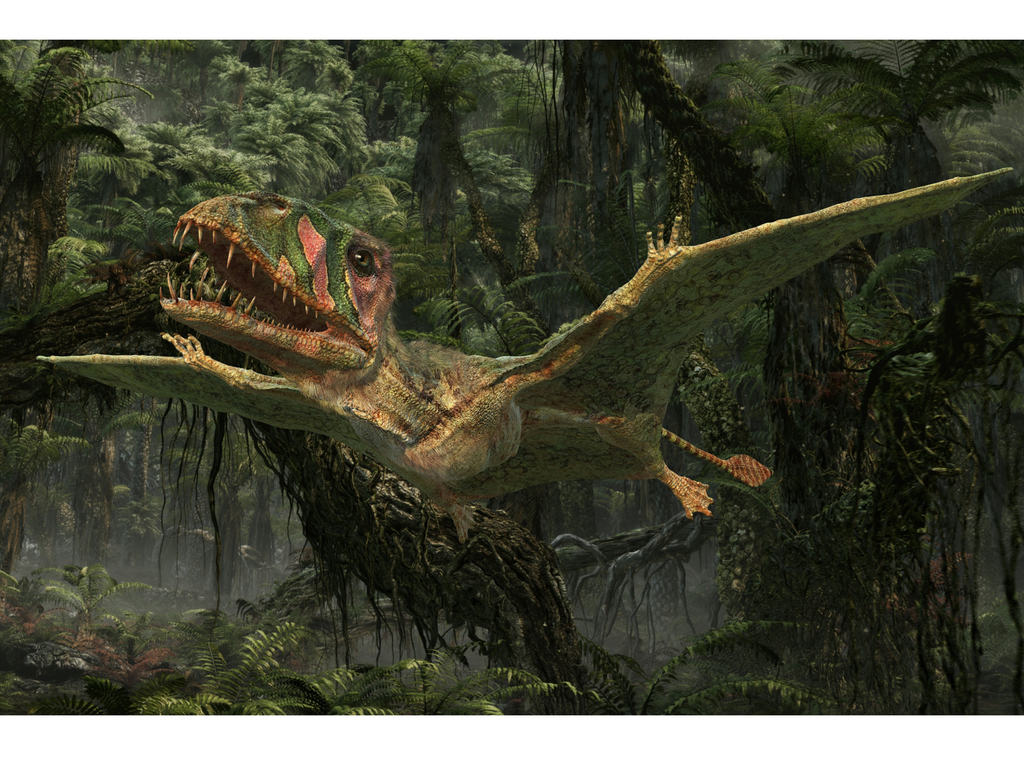
The Carboniferous period (359-299 million years ago) presented one of history’s most conducive environments for the evolution of flight. During this time, oxygen levels reached an unprecedented 35% of atmospheric composition, significantly higher than today’s 21%. This oxygen-rich environment would have supported the high metabolic demands of powered flight more easily than at any other time in Earth’s history. The landscape was dominated by vast swamp forests filled with towering lycopsid trees reaching heights of 30-40 meters, creating a complex three-dimensional habitat ripe for aerial exploitation. Giant insects already populated these aerial niches, with Meganeura, a griffinfly with a wingspan approaching 70 centimeters, being among the largest flying insects ever to exist. Had early tetrapods evolved feathers and flight capability during this period, they would have entered a relatively uncontested vertebrate niche, potentially leading to explosive adaptive radiation. The resource-rich canopies of these primeval forests would have provided ample opportunities for feathered fliers to thrive, possibly establishing aerial dominance far earlier than in our actual evolutionary history.
Ecological Consequences of Early Avian Dominance
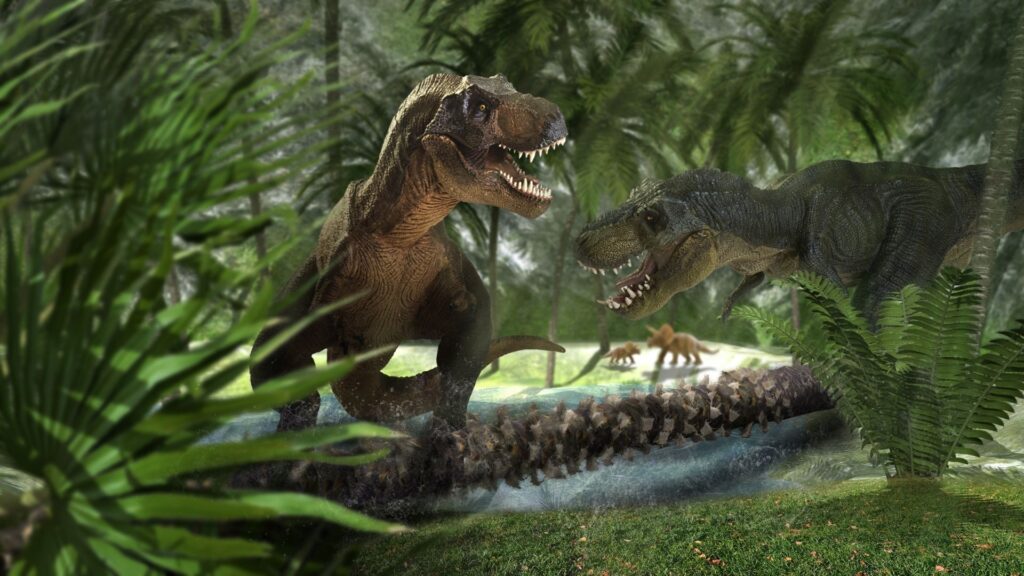
Had feathered, flying vertebrates emerged during the Carboniferous or Permian periods, the ecological repercussions would have been profound and far-reaching. These early avian analogs would likely have become apex predators in many ecosystems, particularly targeting the giant insects that dominated the skies during these periods. This predatory pressure might have dramatically altered insect evolution, potentially preventing the evolution of gigantism that was facilitated by high oxygen levels. The rapid dispersal capabilities of flying vertebrates would have accelerated the spread of tetrapods across Pangaea, potentially leading to faster speciation rates and more diverse terrestrial communities. Ecological interactions between plants and these early flying creatures might have accelerated the evolution of seed dispersal mechanisms, potentially changing the trajectory of plant evolution. Additionally, the development of complex aerial niches would have created selection pressures for specialized adaptations among these early fliers, possibly leading to greater biodiversity than what actually developed in the tetrapod lineages of these periods. These cascading ecological changes would have fundamentally reshaped the nature of terrestrial ecosystems long before the age of dinosaurs.
Implications for the Permian-Triassic Extinction
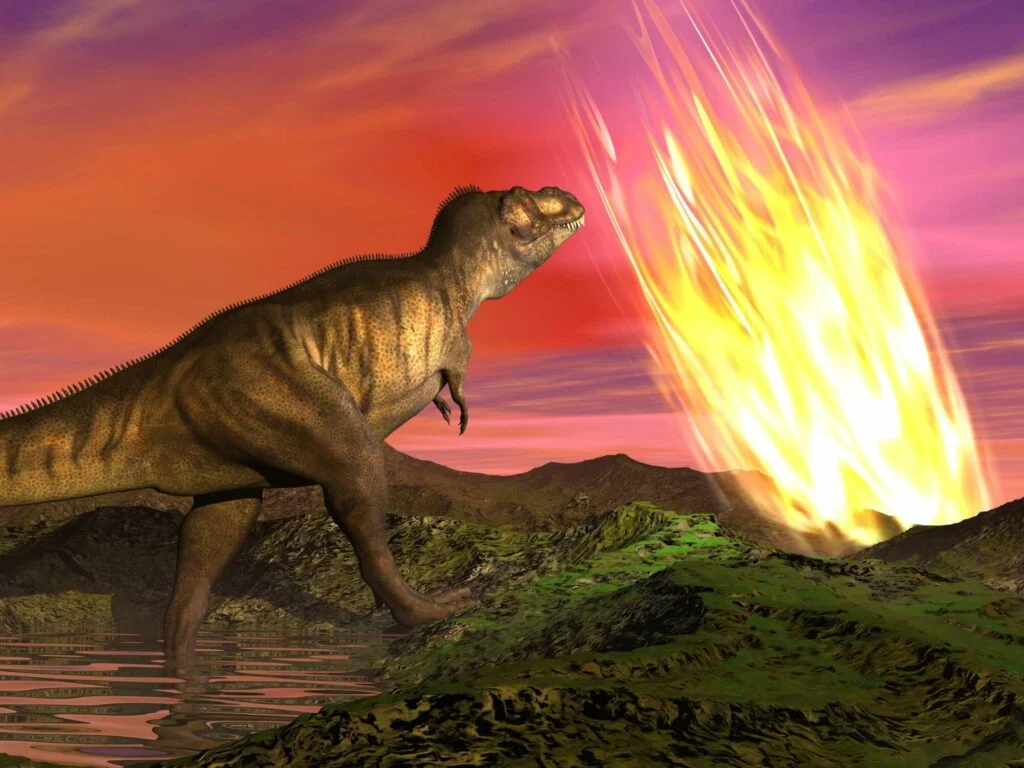
The Permian-Triassic extinction event, occurring approximately 252 million years ago, eliminated roughly 96% of marine species and 70% of terrestrial vertebrate species, making it the most severe mass extinction in Earth’s history. Had feathered, flying vertebrates evolved before this catastrophe, their fate during and after this event becomes a fascinating consideration. Flying creatures might have possessed advantages that could have improved their survival odds during this extinction event. Their mobility would have allowed them to flee deteriorating local conditions and find refugia in less affected areas. Additionally, their ability to exploit aerial food sources might have buffered them somewhat from the collapse of terrestrial and marine food webs. However, the atmospheric changes associated with the Siberian Traps eruptions, including potential oxygen depletion and toxic gas emissions, might have posed particular challenges for highly aerobic flying animals. If these early avian analogs did survive in significant numbers, they would have been positioned to undergo explosive adaptive radiation in the ecological vacuum of the early Triassic, potentially establishing aerial dominance that might have precluded or significantly altered the later evolution of pterosaurs and early mammals.
How Earlier Flight Might Have Affected Dinosaur Evolution
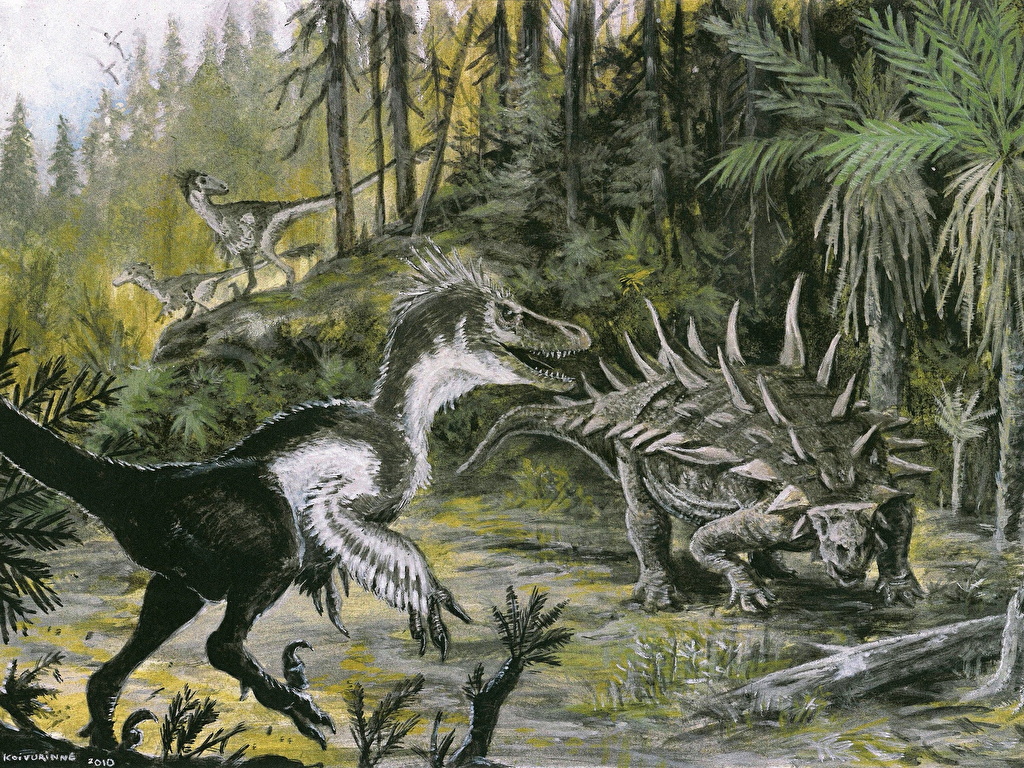
The emergence of flight-capable, feathered vertebrates long before the Jurassic period would have dramatically reshaped the evolutionary trajectory of dinosaurs. Dinosaurs might have evolved in an environment already populated by aerial predators and competitors, forcing adaptations that differed significantly from their actual evolutionary path. The ecological niches that eventually led to theropod dominance might have been partially occupied, potentially limiting their diversification or pushing them toward different specializations. Predatory pressure from above could have selected for dinosaurs with enhanced camouflage, burrowing behaviors, or nocturnal lifestyles to avoid aerial detection. Alternatively, early dinosaurs might have evolved more robust defensive adaptations against aerial attacks, such as enhanced armor or social defense strategies. The presence of flying vertebrates might have also affected dinosaur hunting strategies, perhaps leading to more cooperative hunting methods to counter the advantage of aerial surveillance by prey species. Most significantly, if feathers and flight had already evolved in a separate lineage, the theropod dinosaurs might never have developed feathers at all, potentially eliminating the evolutionary pathway that eventually led to modern birds in our timeline.
Alternative Physiological Adaptations

Earlier evolution of flight would likely have produced physiological adaptations quite different from those seen in modern birds. The oxygen-rich atmosphere of the Carboniferous period might have allowed for less efficient respiratory systems while still supporting the metabolic demands of flight. Instead of the highly specialized air sac system of modern birds, these early fliers might have developed enhanced versions of the simpler reptilian lung structure. Their thermoregulatory systems would have evolved under different climatic conditions, potentially resulting in adaptations that balanced the heat generated by flight muscles with the cooling needs of an active flying animal in the warm, humid Carboniferous forests. Bone structures might have taken different evolutionary paths as well, perhaps maintaining greater density than the hollowed pneumatic bones of modern birds, especially if flight evolved in smaller animals or in the oxygen-rich Carboniferous atmosphere where additional weight might have been less prohibitive. Muscle arrangements and wing structures would likely have shown significant differences from modern birds, possibly with greater reliance on muscles anchored to an undeveloped sternum or shoulder girdle rather than the pronounced keeled sternum that characterizes modern avian anatomy.
Impact on Mammalian Evolution

The presence of flying vertebrates during the early evolution of mammals would have profoundly altered mammalian developmental pathways. Early mammals, which were small, likely nocturnal creatures that emerged in the Late Triassic period around 225 million years ago, evolved in an environment where dinosaurs dominated the daylight hours. If flying predators had been prevalent much earlier, the pressure toward nocturnal lifestyles might have been even more intense, potentially leading to enhanced sensory adaptations beyond what actually evolved. The ecological relationship between early mammals and hypothetical ancient fliers might have resembled modern bat-bird interactions, with temporal niche partitioning becoming critical for coexistence. Mammalian evolution might have been constrained by aerial predation pressure, possibly limiting the early radiation of the group or pushing them further into fossorial (burrowing) or arboreal niches where aerial predators would have difficulty accessing them. Alternatively, some early mammalian lineages might have evolved specialized defenses against aerial predators, such as enhanced coloration, communal defense strategies, or even mimicry of dangerous or distasteful species to avoid predation from above. These selective pressures would have reshaped the foundational adaptations of mammals, potentially altering the course of evolution for this entire class of vertebrates.
The Mesozoic Sky: A Different View
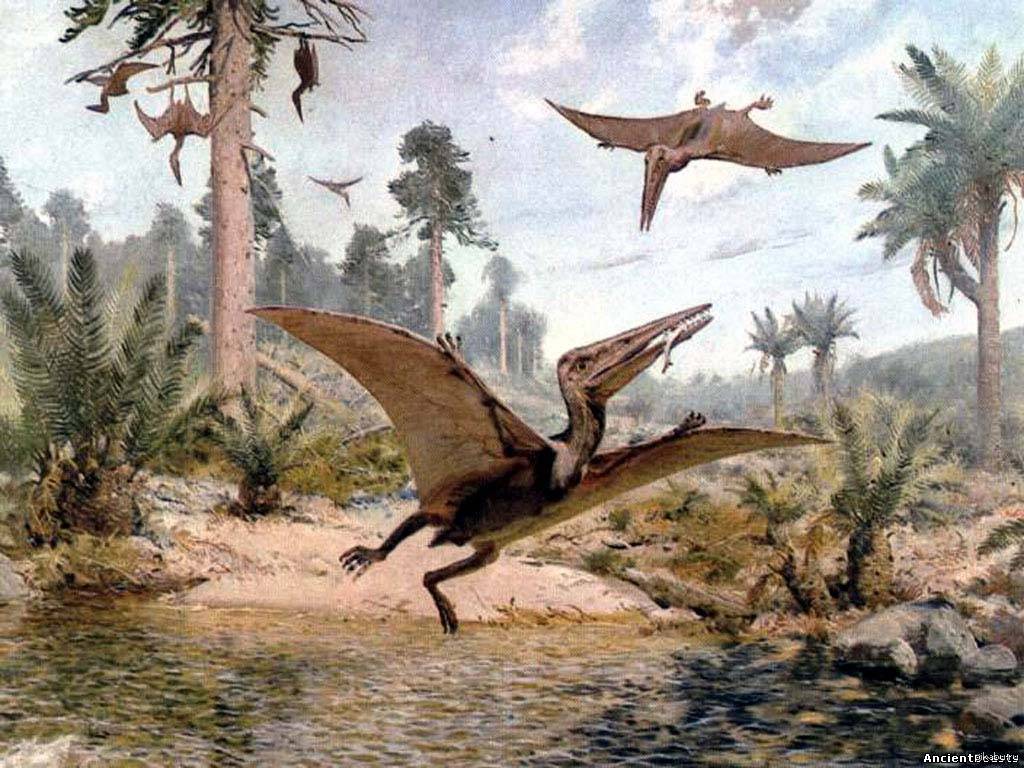
In a timeline where flight evolved millions of years earlier, the aerial ecosystem of the Mesozoic Era would have presented a dramatically different aspect than the one we know from the fossil record. Rather than seeing the gradual conquest of the skies—first by pterosaurs in the Triassic, then joined by primitive birds in the Late Jurassic, and finally by more advanced avian forms in the Cretaceous—we might instead observe a mature, highly diversified aerial ecosystem already in place by the dawn of the Mesozoic. The skies might have been populated by multiple distinct lineages of flying vertebrates, each having evolved specialized adaptations for different ecological niches. Aerial predator-prey relationships would have been more complex, with specialized hunting and escape strategies refined over hundreds of millions of years rather than tens of millions. The competition between pterosaurs and birds that characterized the actual Cretaceous period might never have occurred if the aerial niches were already occupied by established flying lineages. Alternatively, pterosaurs might never have evolved their membrane wings at all if the selective pressures that favored aerial locomotion had already been capitalized upon by feathered fliers, leaving this remarkable group of reptiles to pursue entirely different evolutionary pathways.
Survival Through the K-Pg Extinction
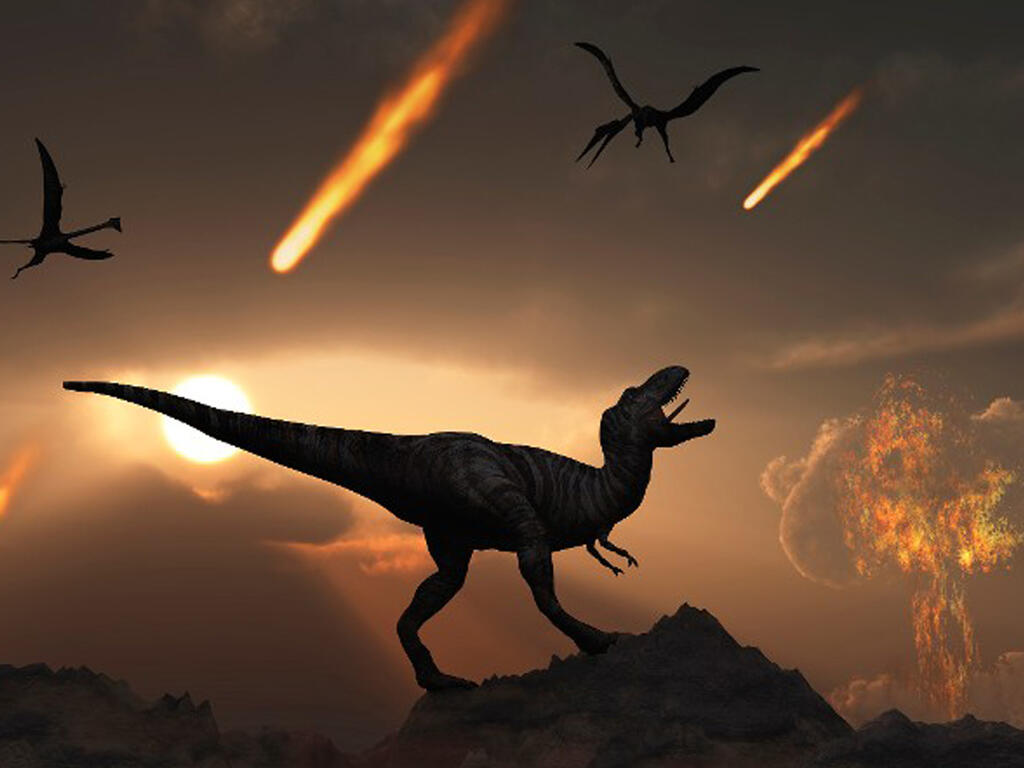
The Cretaceous-Paleogene (K-Pg) extinction event, triggered by an asteroid impact approximately 66 million years ago, eliminated all non-avian dinosaurs while allowing some birds to survive. Had feathered fliers evolved much earlier and diversified extensively before this catastrophe, their survival prospects during this extinction event become an intriguing consideration. A more diverse aerial fauna might have increased the statistical probability of some lineages possessing the right combination of traits for survival—small body size, dietary flexibility, and the ability to exploit ground-based food sources when aerial food webs collapsed. Alternatively, if early flight evolution had led to larger, more specialized flying creatures comparable to pterosaurs (all of which perished in the extinction), then the outcome might have been even more devastating for flying vertebrates than it was in our timeline. The immediate aftermath of the impact, with its dramatically reduced sunlight and plant productivity, would have severely affected all flying creatures dependent on vision for hunting and aerial insect populations for food. Those species capable of surviving on seeds, scavenging, or opportunistic feeding might have persisted, potentially resulting in a different assemblage of surviving lineages than the actual bird groups that made it through the extinction event.
Potential for Intelligent Flying Species
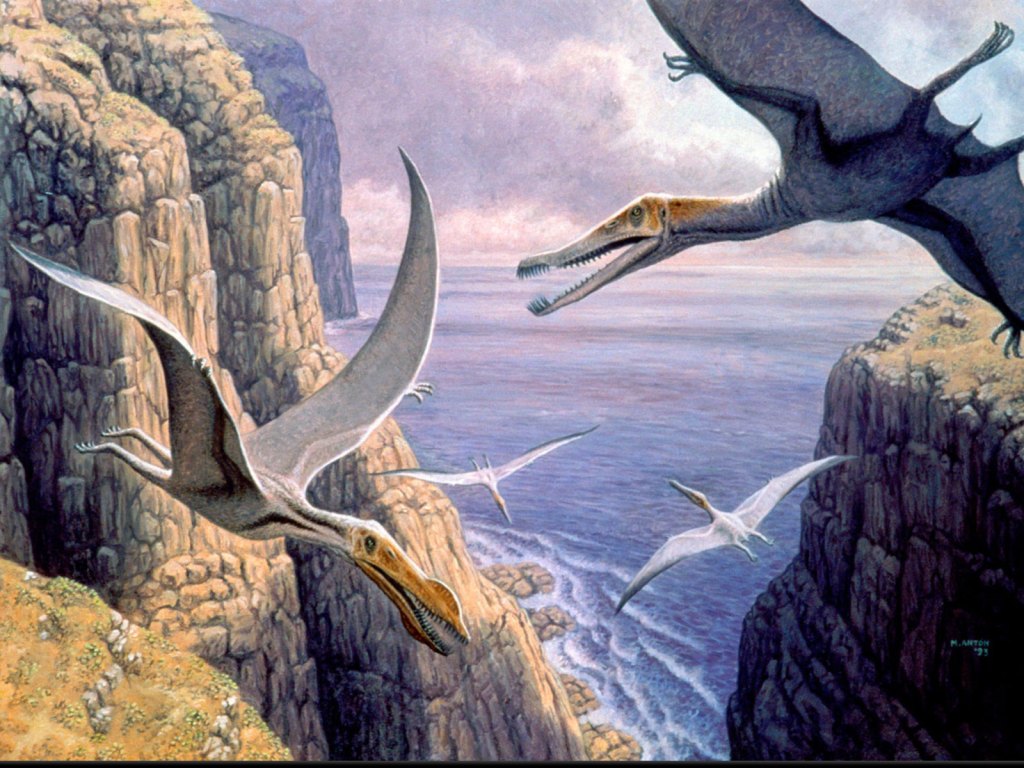
One of the most fascinating possibilities of earlier flight evolution is whether it might have eventually led to the development of advanced intelligence in a flying lineage. Birds, particularly corvids (crows, ravens, and jays) and parrots, have demonstrated remarkable cognitive abilities including tool use, problem-solving, and even rudimentary understanding of causality. These capabilities evolved within the constraints of the avian brain, which is organized differently from the mammalian brain yet achieves comparable cognitive functions through different neural architectures. Had flying vertebrates emerged hundreds of millions of years earlier, they would have had substantially more evolutionary time to develop advanced cognition. The selective pressures of aerial living—including the need to navigate complex three-dimensional spaces, remember locations across large territories, and make split-second decisions during flight—might have driven the evolution of enhanced neural processing. Given enough time and the right selective pressures, it’s conceivable that a lineage of flying creatures might have developed intelligence comparable to or exceeding that of primates. This could have potentially led to tool-using, culturally transmitting, or even technologically capable flying species—an evolutionary outcome that would have dramatically altered Earth’s history.
Altered Course of Human Evolution
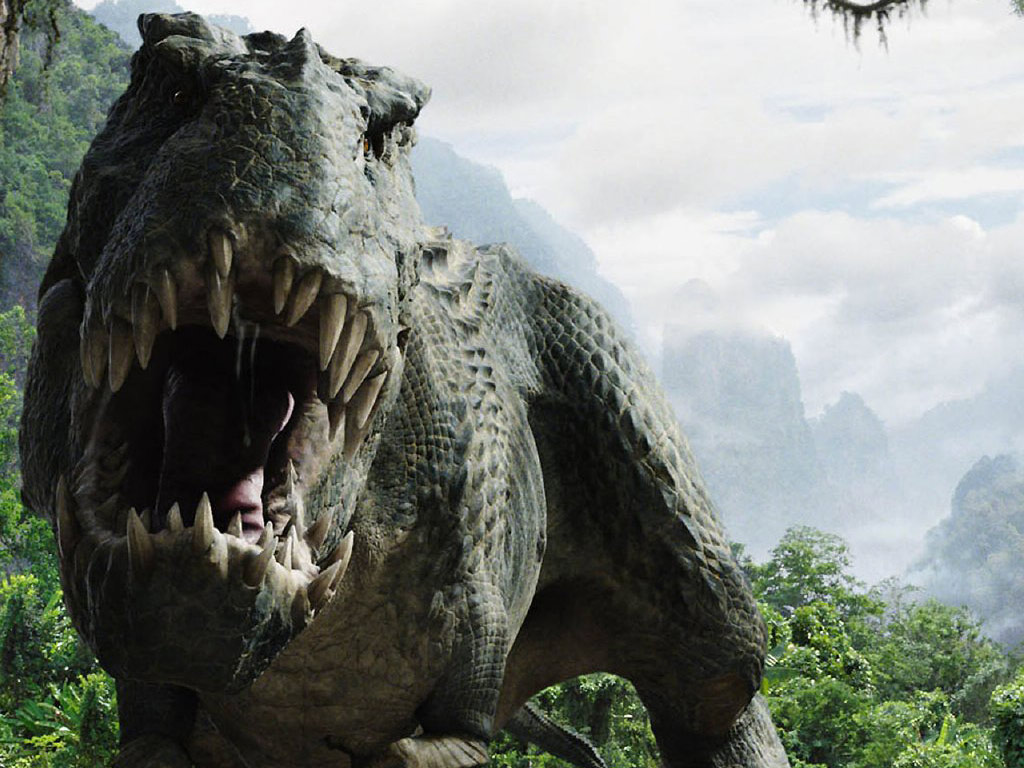
The presence of diverse, highly evolved flying vertebrates throughout the Cenozoic Era would have significantly impacted the evolution of primates and eventually humans. Early primates evolved to exploit arboreal niches, developing grasping hands, stereoscopic vision, and enhanced neural processing for navigating three-dimensional forest environments. Had these forests been home to numerous advanced aerial predators, primate evolution might have favored different adaptive strategies, potentially including enhanced camouflage, greater nocturnal specialization, or more extensive use of protected feeding and sleeping sites. As hominins later moved into savanna environments and began walking upright, they would have been particularly vulnerable to aerial predation during this transitional period. This might have selected for behavioral adaptations such as seeking shelter, using weapons defensively against aerial attacks, or developing more complex cooperative defense strategies. The cognitive evolution of humans might have been shaped by the need to predict and counter the behavior of intelligent aerial predators, potentially accelerating the development of certain cognitive skills. Additionally, early human cultures, technologies, and mythologies would have been profoundly influenced by interactions with flying creatures, perhaps leading to different patterns of settlement, architectural styles designed to provide protection from above, and religious or cultural practices centered around appeasing or honoring powerful aerial beings.
Implications for the Modern World
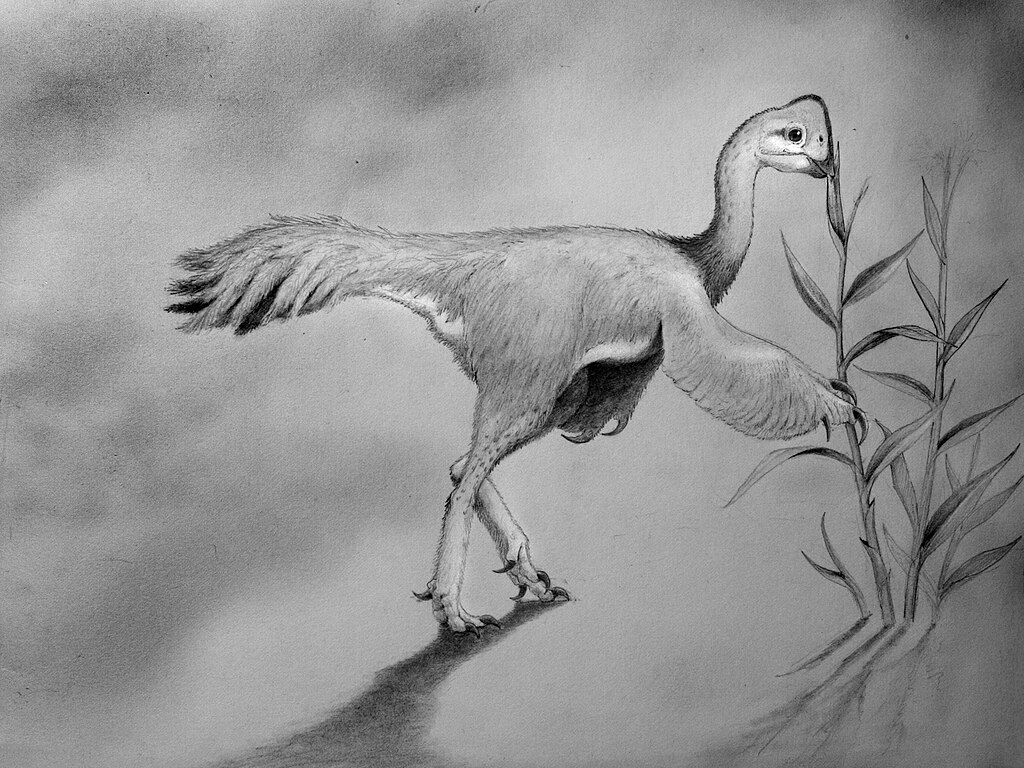
Had flight evolved substantially earlier in Earth’s history, our modern world would be almost unrecognizable in its ecological composition and perhaps even in its technological development. Avian biodiversity might be considerably higher, with flying vertebrates having had hundreds of millions of additional years to diversify and specialize. Ecological relationships between flying and terrestrial creatures would have evolved complex interdependencies, potentially creating ecosystems with no analog in our current world. Human agriculture might have developed different strategies to manage relationships with flying creatures, perhaps incorporating beneficial species into farming practices while developing specialized methods to deter aerial competitors for crops. Architectural styles worldwide would likely reflect adaptations to coexist with flying fauna, potentially including protected courtyards, screened living spaces, or buildings designed to accommodate beneficial flying species while excluding others. Transportation technology might have evolved differently, with early attempts at human flight perhaps mimicking biological models that were far more diverse and specialized than those that inspired the Wright brothers. Even our cultural and religious symbolism would differ profoundly, shaped by


